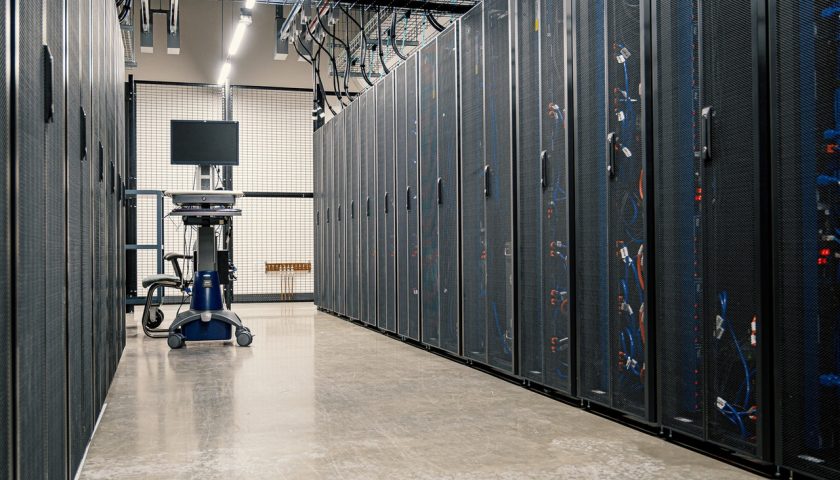Currently, most organizations have shifted their data storage and protection activities to digital spaces. Such a transition has led to a situation that needs organizations to use digital activities effectively. In reality, the increase in digital processes has contributed to the need for robust and reliable IT infrastructure to sustain an organization’s substantial amount of data. Apart from the digital trends, a data center is one of the critical components that every firm needs. Below are the critical components and tiers of data centers.
Datacenter networks
In networking, most experts use the term Data Center as a Service (DCaaS) to imply a hosting service where clients receive different facilities and infrastructure from a physical data center. In particular, DCaaS will enable them to remotely access their service provider’s networking, server, and storage sources using a wide area network. The major equipment used in data centers includes firewalls, routers, switches, and cables that help maintain a high-bandwidth network between different servers. If you properly structure and configure this equipment, you can manage substantial traffic without compromising its performance.
Datacenter storage and protection equipment
Data centers host substantial amounts of sensitive information that caters to the customers’ needs and their purposes. Therefore, storage devices such as robotic tape, solid-state, and hard disk drives are critical in assisting data centers to run their servers.
When it comes to data center protection, a facility needs to have a security staff, security doors, gates, biometric scanners, and alarms. The facility can have emergency devices such as sprinklers, fire alarms, and safety measures to protect it from the noise of fans and servers.
Datacenter tiers
Data centers are classified into four tiers. The tiers are globally recognized as the industry standards an organization needs to follow for the effective performance of a data center. Investing in such a certification process assists data centers in demonstrating their expertise and proving compliance in their facility management.
The basic capacity (Tier 1)
It provides the fundamental capabilities needed to support information technology (IT) infrastructure. It needs an uninterruptible power supply (UPS) for power spikes, sags, and outages. It also needs an engine generator for power outages and a dedicated cooling device outside normal business hours. Tier 1 helps to prevent human error and provides limited protection against sudden outages and failures.
Redundant capacity (Tier 2)
Tier 2 data center provided improved protection from physical issues. In particular, they offer safety and maintenance against disruptions through equipment such as pumps, fuel tanks, storage, energy generators, and cooling systems.
Concurrently maintainable (Tier 3)
Tier 3 data center facility does not require shutting down when replacing or maintaining the equipment. It features redundant distribution paths and components which ensure concurrent maintenance. This tier is suitable for large organizations and can protect them from most of the physical events.
Fault-tolerant (Tier 4)
Tier 4 data center is ideal for enterprise corporations. It features physically isolated and independent systems that establish redundant distribution paths and capacity components. That ensures that unplanned or planned disruptions cannot affect the IT and facility operations. The equipment, in this case, needs to have a fault-tolerant power design while the area where it is housed needs continuous cooling for the environment to remain stable.
The above guide provides vital elements of an effective data center. In summation, data centers are grouped into four major tiers and need servers, data storage, and protection equipment. To read more about data center components, you can look at the simplehelix.com site.
